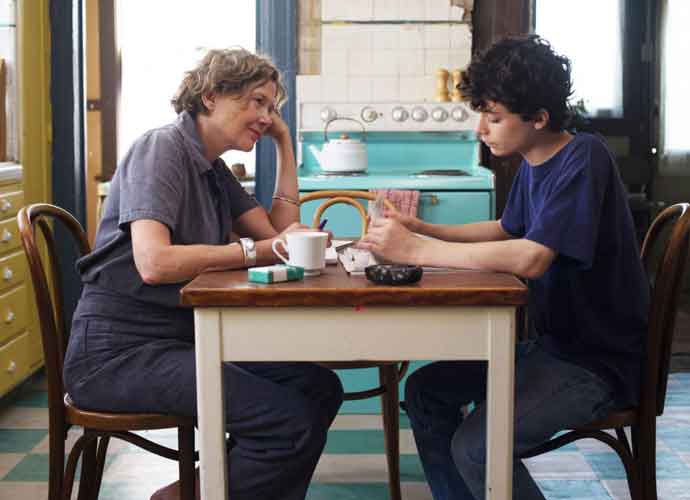’20th Century Women’ Blu-ray Review: A Stirring & Nostalgic Masterpiece

4/5
20th Century Women, a 2016 comedy-drama written and directed by Mike Mills, follows the lives of three women in Southern California, and a 15-year-old boy named Jaime (Lucas Jade Zumann). Set in the 1979 Santa Barbara, it centers on the relationship Dorothea (Annette Bening), a single mother, has with her son, Jamie. They reside in a boarding house, with two other tenants, Abbie (Greta Gerwig), an aspiring photographer, and William (Billy Crudup), a carpenter who later has a sexual relationship with Abbie. Jamie’s best friend, Julie (Elle Fanning), is their neighbor and the object of Jamie’s affection, and she routinely spends the night in his room, talking and sharing a bed, all without Dorothea’s knowledge.
’20th Century Women’: Beautifully Nostalgic
The crux of the film revolves around Dorothea’s frustration at the increasing distance she feels with her coming of age son. With each day, she feels him being more foreign to her, and she ponders how she can help him become a “good man.” Feeling like she can no longer connect with her son, she enlists the help of Abbie and Julie to help her raise Jamie.
The acting throughout this film is exceptional, with each star realistically painting the nuances and anxieties of their character. Bening’s performance communicates the biting loneliness of single motherhood — one of the major themes of the film — as well as the required efficiency of being in charge of her son and the tenants. The film is loosely inspired by the director’s own experiences being raised by his mother and sister. It’s not the first time Mill has based his art on his life; his 2015 movie Thumbsucker tells of an anxious 17-year-old coming of age, and the 2010 Beginners portrays a man whose father comes out as gay late in life, like Mill’s own father did.
The complex relationship between Jamie and Julie is another source of fascination. The pair are best friends, and Julie regularly climbs in through the window to sleep next to Jaime, while insisting that they can’t have sex, because “friends can’t have sex and just stay friends.” Julie is the daughter of a therapist, is provocative and complex, and often acting out. She is also the object of Jamie’s infatuation; later, Jaime is advised by Abbie that he can’t let her sleep in his bed if she won’t sleep with him — that he can’t let her push him around.
Jamie himself is an intriguing character; sensitive and thoughtful, he tries to navigate the confusion of adolescence without a father figure. He simultaneously yearns for his mom to talk to him about “real matters,” to confide in him, yet is repeatedly rebuffed. His mother, though wise and spunky, seems closed off to both Jamie and the world about her private affairs and emotions. After her separation from her husband, Dorothea was described by Jamie as “never dating a man for a very long time.”
The filming techniques are also another reason viewers will stay intrigued. Jamie narrates portrayals of each woman, each a product of her time and environment. He includes snippets of the year they were born, the historical context of that time, the books they read, and their hopes and dreams. This narration gives important glimpses into the inner world and motivations of each of the characters, and is done in an elegant, unobtrusive manner.
A visually-unique aspect of the film are the depictions of driving. There are technicolor residues that weave in and out of the scenes that emit a psychedelic, out-of-this-world kind of vibe. This addition is clearly intentional, and likely used to convey the drug-infused trend that was present in that time period.
All in all, this was a beautifully crafted, artistic masterpiece of a movie that will leave you nostalgic for the 20th century period. It becomes a pleasure to be in the company of the endearing misfits living in Dorothea’s expansive, crumbling house, and to recall what it felt like to be exploring adolescence and adulthood in all its wonderful perplexities.
Watch the trailer below:
RELATED ARTICLES
Get the most-revealing celebrity conversations with the uInterview podcast!







Leave a comment